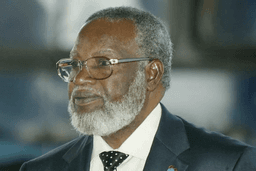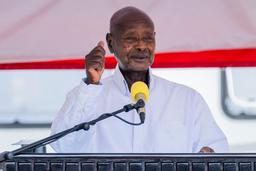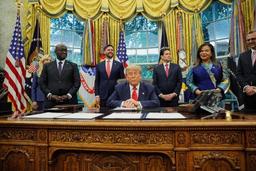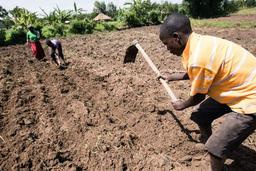Gambia
The Gambia is the smallest country on mainland Africa, a slender strip of land that curves along the Gambia River and is surrounded entirely by Senegal, except for its western coastline on the Atlantic Ocean.

2.8 million

West Africa

11,295 sq km

GMT

English (official), Mandinka

Gambian Dalasi (GMD)

Islam (dominant), Christianity

President: Adama Barrow (2025)
Brief
The Gambia is the smallest country on mainland Africa, uniquely shaped as a narrow strip of land that stretches along both banks of the Gambia River. Bordered entirely by Senegal on three sides and opening to the Atlantic Ocean on the west, it stands out on the map as a river nation with deep historical and cultural roots. Its capital city, Banjul, sits on an island where the river meets the sea, while major urban areas like Serekunda and Brikama drive much of the country’s economic and social activity. Despite its small size, The Gambia boasts a rich tapestry of ethnic groups, languages, and traditions. English is the official language, a legacy of British colonial rule, but local languages such as Mandinka, Wolof, and Fula are widely spoken in daily life. The country is known for its hospitality, peaceful nature, and vibrant music and culture. The Gambia’s economy revolves around agriculture, tourism, fishing, and remittances from abroad. Its lush riverbanks, diverse birdlife, and sun-soaked beaches have earned it the nickname "The Smiling Coast of Africa," attracting visitors from around the world. With a youthful population, democratic governance, and ongoing development, The Gambia continues to balance modern progress with traditional ways of life. It plays an active role in regional affairs through ECOWAS and has earned respect for its commitment to peace, freedom, and cultural pride.
Photos




National Anthem
Cultural Life
Cultural milieu
The Gambia’s culture is shaped by its multiethnic heritage, Islamic traditions, and storytelling roots. The Mandinka, Wolof, Fula, Jola, and Serahule are among the dominant ethnic groups, each with its own music, dress, customs, and languages. Traditional griots (oral historians) preserve stories, songs, and community memory. Islam is a strong influence on daily routines, dress codes, and family life, but Gambians remain tolerant and culturally open. Drumming, dancing, and colorful ceremonies remain essential during naming ceremonies, weddings, and community gatherings, creating a sense of unity and rhythm in everyday life.
Daily life and social Customs
Life in The Gambia revolves around close-knit families, strong community bonds, and deep respect for elders. Extended families often live together, sharing resources and duties, especially in rural areas where farming and communal gatherings are central. In towns like Serekunda, modern life blends with tradition smartphones and markets exist alongside local greetings and customs.
Hospitality is key to Gambian culture; guests are warmly welcomed with food or sweet tea known as attaya. Traditional attire is worn with pride, especially during ceremonies or Friday prayers. Music, dance, and storytelling remain an active part of social life, with griots preserving oral history. Islam shapes daily routines, values, and holidays, but religious tolerance allows peaceful coexistence with Christian communities. Despite economic challenges, Gambians are known for their warmth, resilience, and strong cultural identity.
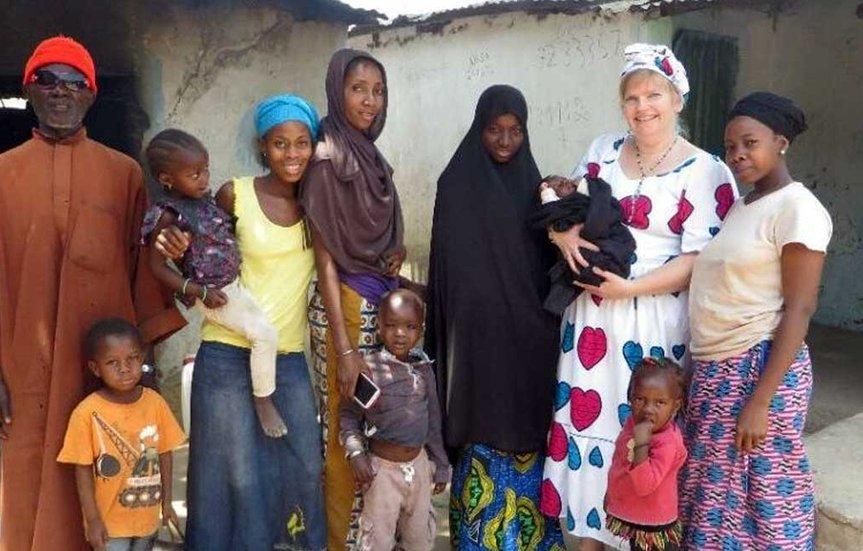




Cuisine
Gambian food is flavorful, often spicy, and centered around rice. Popular dishes include Domoda (peanut stew), Benachin (one-pot rice with meat or fish), and Yassa (onion-lemon chicken or fish). Fish is central to many meals, especially smoked or grilled versions sold fresh along the coast. Other staples include couscous, cassava, and millet. Meals are usually shared from a large bowl, especially in family settings, and eating with the right hand is common. Tea, known as attaya, is a ritual on its own served in three rounds, symbolizing friendship, conversation, and hospitality.





Music
Mbalax
Popular across Senegal and The Gambia, Mbalax is a lively dance music genre that blends traditional percussion with modern instruments.
Afro-Manding and Traditional Music
This genre blends kora music, griot storytelling, and Mandinka rhythms. It is rooted in centuries of West African tradition.
Gambian Hip Hop & Afrobeat
A younger generation of artists blends Western hip-hop, dancehall, and Afrobeat with local languages and social messages.
Arts and Crafts
Art in The Gambia is rooted in tradition but growing in contemporary expression. Local artisans create wood carvings, woven baskets, jewelry, and tie-dye fabrics that are sold in tourist markets and community shops. Performance arts include drumming, acrobatics, and mask dances that are linked to spiritual and cultural rituals. The Gambia also has a budding creative scene in poetry, visual arts, and digital content, with young artists using platforms like Instagram and YouTube to share their work. Festivals and cultural centers provide space for art exhibitions and storytelling performances, helping preserve the nation's identity through creative forms.
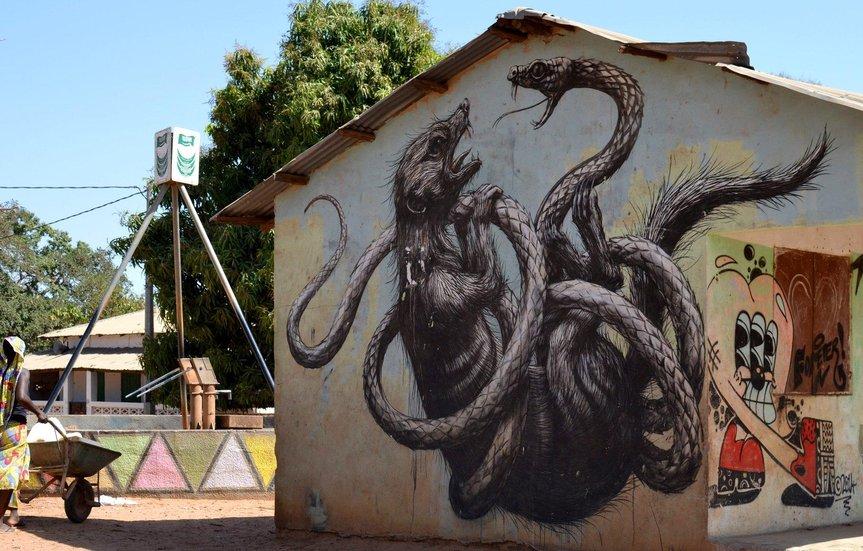




People
Ethnic Groups
The Gambia is ethnically diverse, with the Mandinka being the largest group, followed by Fula, Wolof, Jola, Serahule, and Serer. These groups coexist peacefully, often intermarry, and share cultural events and markets. Each group has its own language, oral history, and ceremonial practices. The Mandinka are known for their griot tradition and kora music, while the Fula are historically pastoralists. Ethnic diversity is considered a strength, and despite political tensions at times, ethnic harmony remains a defining trait of Gambian society.
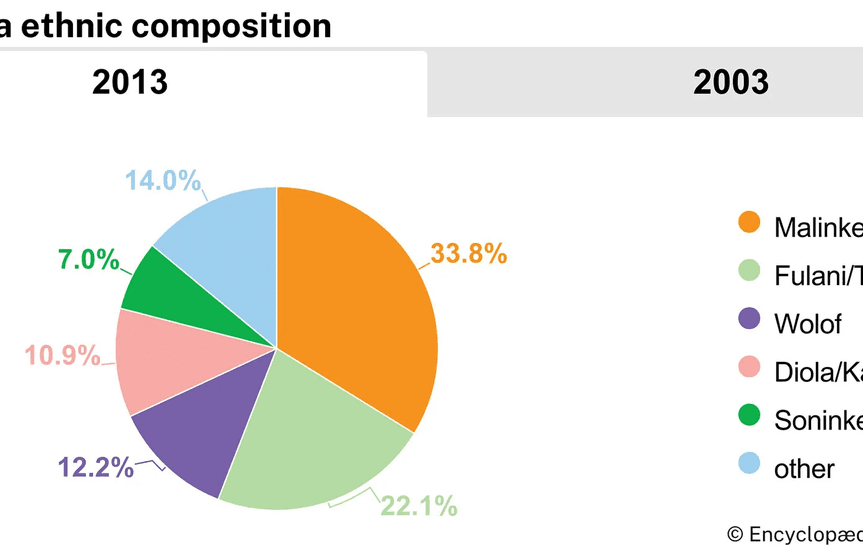
Religion
Islam is the dominant religion, practiced by over 90% of Gambians. It influences dress, holidays, social behavior, and education. Daily prayers, mosque attendance, and Islamic schooling (madrasas) are central to community life. Friday is observed as the holy day, with shops and offices often closed during midday prayers. Christianity is practiced by a small but active community, mostly in urban areas. Traditional African beliefs coexist with both religions, especially in rural regions where ancestral rituals and herbal medicine are still respected. Religious tolerance is strong, and interfaith harmony is common in public and private life.

Settlement Patterns

Urban Settlements
Urbanization in The Gambia is focused on Banjul, Serekunda, and Brikama, with dense housing, lively markets, and growing infrastructure. These areas have access to services like electricity, schools, and healthcare, but also face challenges like traffic congestion, youth unemployment, and poor drainage.
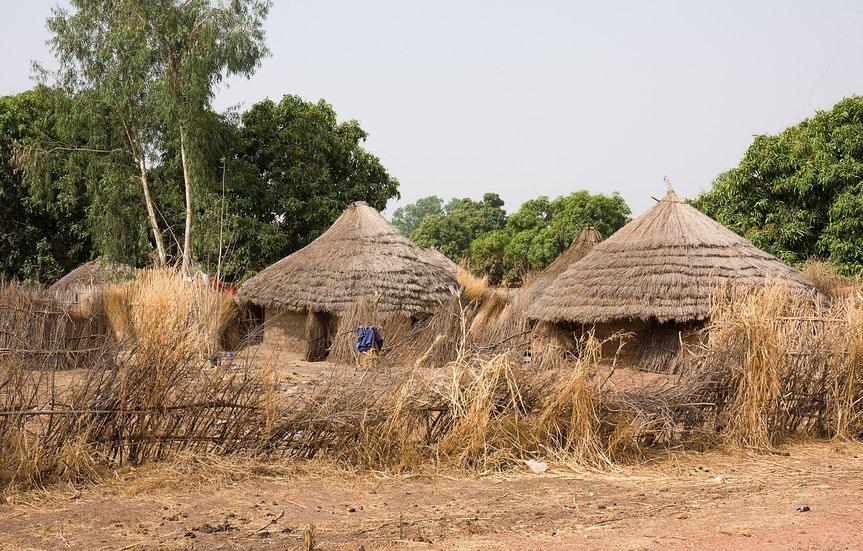
Rural Villages
Most Gambians live in rural communities that rely on farming and fishing. Villages are often arranged in compounds and extended family units. Infrastructure is basic, with limited access to clean water, electricity, and medical care. Social life is communal, with strong ties to tradition and local authority structures.
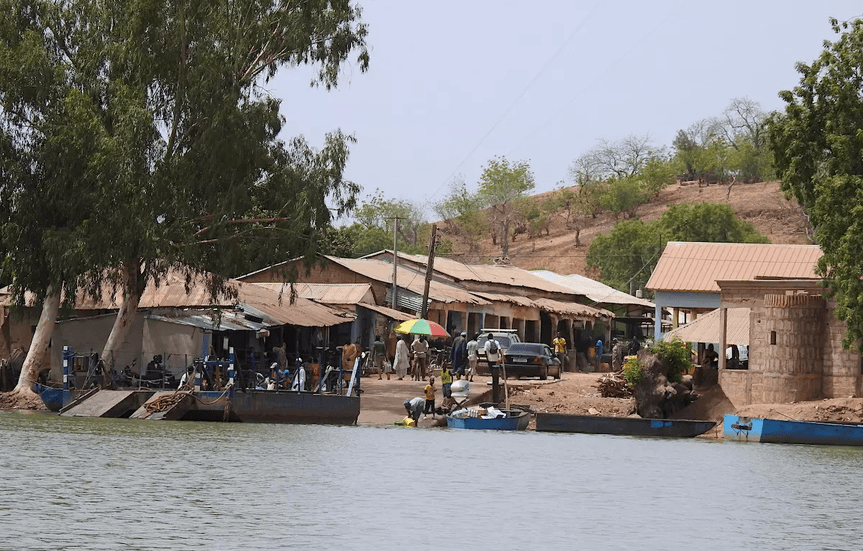
Coastal and Riverine Settlements
Communities along the Atlantic coast and the Gambia River thrive on fishing, trade, and small-scale tourism. These settlements often combine urban and rural lifestyles, with fishing boats, open markets, and growing guesthouse businesses. Coastal erosion and flooding are growing concerns in these zones.
Demographic Trends
The Gambia has a fast-growing and extremely youthful population, with nearly 60% under the age of 25. Children aged 0–14 make up the largest age bracket, driven by high fertility rates. This creates a high dependency ratio and puts pressure on schools, healthcare, and job markets. The working-age population (15–64) is growing, but youth unemployment is a serious challenge. The elderly (65+) account for less than 3% of the population, and most live with extended families. The demographic trend suggests the need for major investments in education, vocational training, and youth employment to turn this youthful population into a productive engine of national growth.
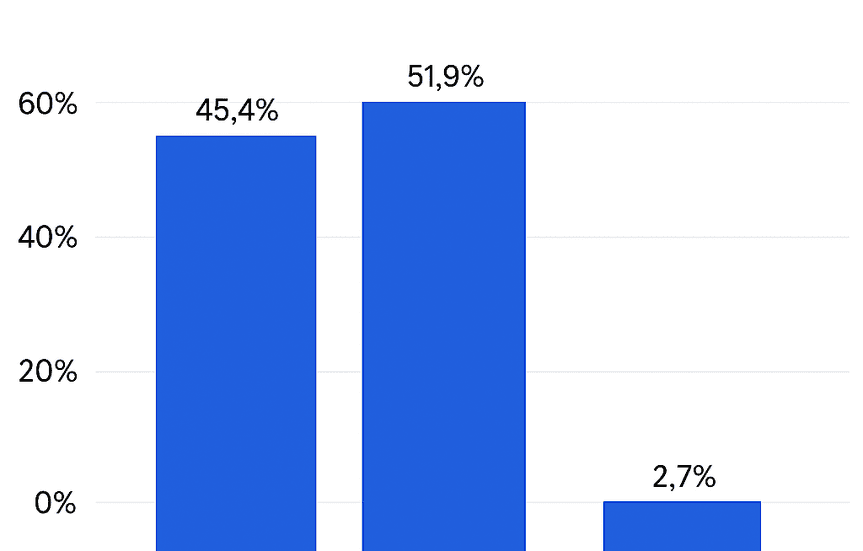
Tourist Cities
Banjul City
As the capital city of The Gambia, Banjul sits on an island at the mouth of the Gambia River and serves as the country’s administrative and historical hub. It’s known for its colonial architecture, quiet streets, and the bustling Albert Market, where vendors sell everything from spices to textiles. Banjul is home to the Arch 22 Monument, the National Museum, and government buildings. While not as vibrant as other cities, it holds historical value and offers easy access to nearby beaches and ferry ports.
Serekunda City
Serekunda is the largest and most populous city in The Gambia, located just south of Banjul. It’s a commercial and cultural powerhouse, known for its vibrant markets, nightlife, and street food. The city is a melting pot of ethnic groups and is often the first stop for tourists heading to coastal resorts. From the craft market in Bakau to the Bijilo Forest Park nearby, Serekunda gives travelers a true taste of urban Gambian life. It’s also close to beach towns like Kololi, famous for its hotels, bars, and live music.

Brikama Town
Located inland in the Western Region, Brikama is one of the country’s oldest towns and a center for music, woodcarving, and traditional arts. It is often referred to as the cultural heartbeat of The Gambia. Home to many of the country's musicians, the town has a strong creative vibe. Visitors can explore local markets, craft centers, and nearby nature reserves. It’s also a base for heading deeper into The Gambia’s interior or visiting community-based tourism projects.
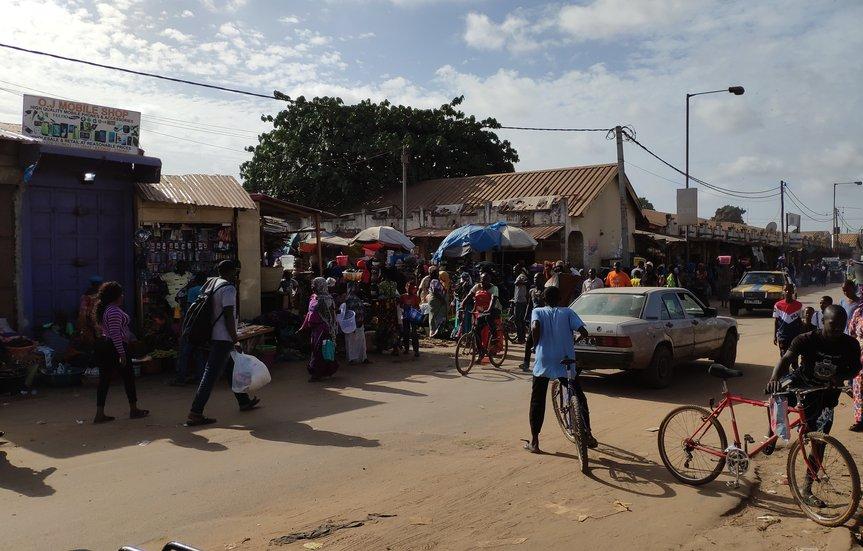
Accommodations
Guest House
Guest houses are common across The Gambia, especially in coastal towns like Bakau, Brufut, and Kololi. They offer affordable, homely accommodation with a local touch, often run by families or private owners. Many provide traditional meals, Wi-Fi, and guided tours, making them ideal for budget travelers or those seeking cultural immersion.




Resorts and Hotels
The Gambia’s main tourist belt, from Banjul to Sanyang, features a wide range of hotels and beach resorts. Some are all-inclusive with pools, spas, restaurants, and beachfront access, catering to international tourists. Well-known spots include the Kairaba Hotel, Senegambia Beach Hotel, and Coco Ocean Resort. These places blend modern luxury with Gambian hospitality, and many also offer cultural entertainment like live drumming or local dance shows.




Campings
Camping is less mainstream but available for adventure travelers in eco-lodges or inland areas near the River Gambia National Park. Some offer rustic tents or huts, often paired with birdwatching, canoeing, and nature walks. These sites focus on sustainable tourism and provide a quiet, nature-filled alternative to the coastal crowds.



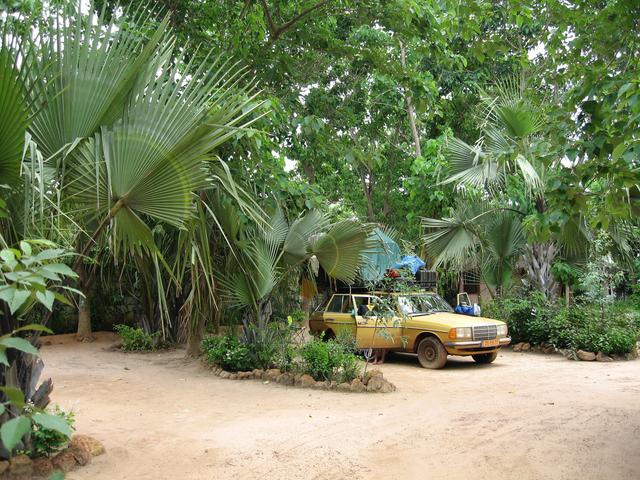
Visa Application for Gambia
Documents required for the application process
- Valid passport (6+ months validity)
- Completed visa application form
- Passport-sized photo
- Travel itinerary or flight booking
- Proof of accommodation
- Financial means (bank statement or sponsor letter)
At the time of visa issuance, please provide the following documents
- Return or onward ticket
- Yellow fever vaccination certificate (if required)
- Payment receipt for visa fee
Economy in Gambia
Agriculture, forestry, and fishing
Agriculture plays a vital role in The Gambia’s rural economy, engaging over 70% of the population in subsistence and smallholder farming. Key crops include groundnuts (peanuts), rice, millet, maize, and vegetables, with groundnuts serving historically as the main export. Women are particularly active in horticulture and rice cultivation in wetlands. The country’s limited forest cover is mainly used for fuelwood and building materials, but deforestation is a growing concern. Fishing, both artisanal and small-scale industrial, is a major livelihood for coastal communities and along the river. Fish like tilapia and bonga are widely consumed and traded, with fish exports contributing to national income.
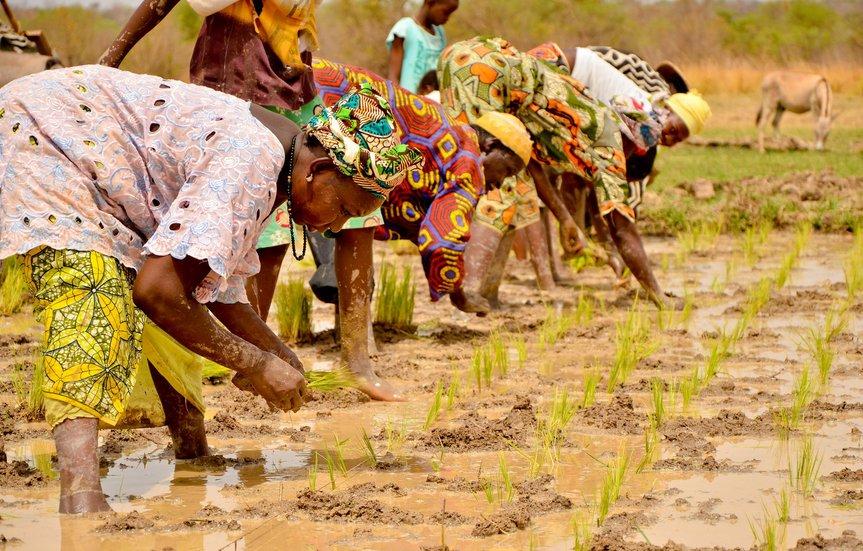
Resources and power
The Gambia has limited natural resources and no major mineral deposits, making it heavily reliant on imports and foreign aid. Its natural wealth lies in its fertile soils, riverine ecosystem, and tourism appeal. Energy production is constrained and mainly dependent on imported fuel for thermal power generation, leading to high electricity costs and frequent outages. However, the government is exploring solar and other renewable energy options to improve access and affordability, particularly in rural areas. Expanding the national grid remains a top priority for economic development.
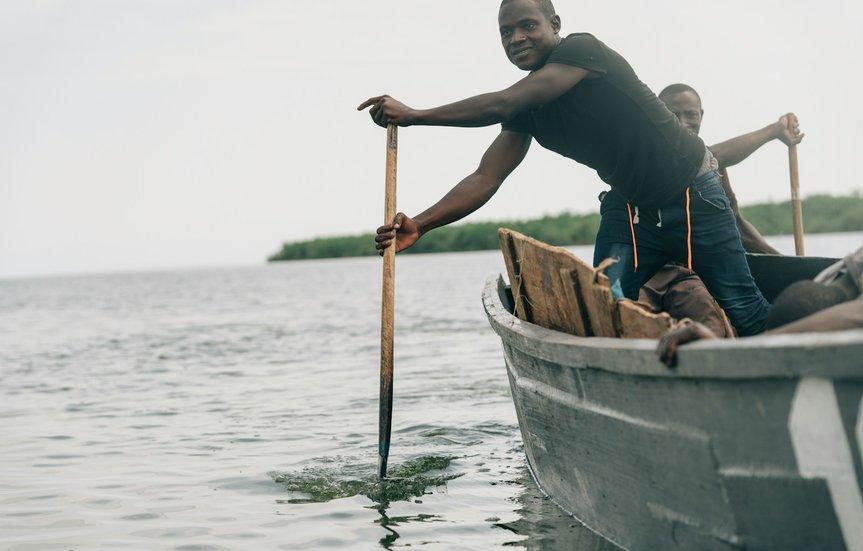
Manufacturing
The manufacturing sector in The Gambia is relatively small and underdeveloped. It is largely centered on food processing, beverages, soap production, and small-scale manufacturing of furniture, clothing, and construction materials. Most goods are imported due to limited local industrial capacity and high production costs. Informal enterprises dominate the urban landscape, with small workshops and home-based businesses supporting livelihoods. Despite its challenges, the sector holds potential if infrastructure, energy reliability, and investment climate improve.
Finance
The Gambian financial sector is modest, with several commercial banks, microfinance institutions, and mobile money operators serving both urban and peri-urban populations. Access to formal financial services is still limited in rural areas. Mobile money is on the rise, playing a key role in digital transactions, remittances, and small-scale business operations. The Central Bank of The Gambia regulates financial activities and works to promote stability and inclusion. Many people continue to rely on informal savings groups, especially women-led community schemes.
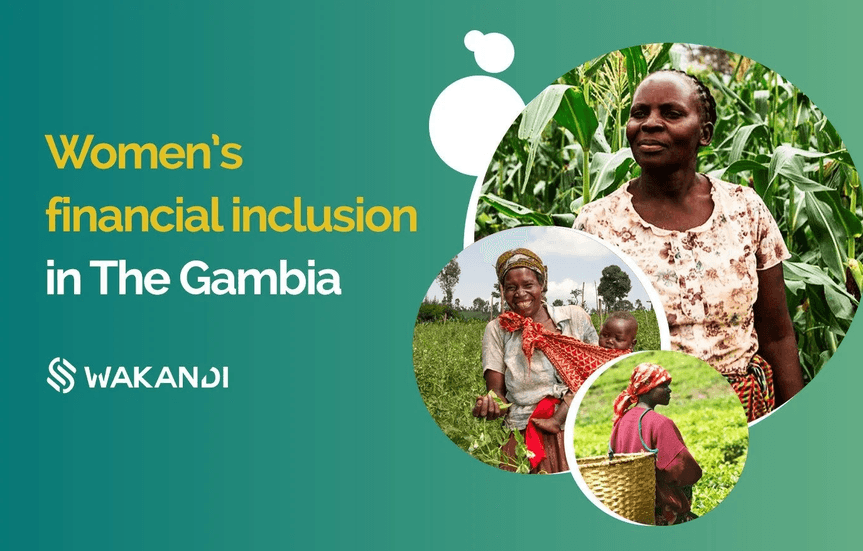
Trade
Trade is crucial to The Gambia’s economy, with the country acting as a small entrepôt hub for goods moving in and out of West Africa. Its port in Banjul is one of the few deep-water ports in the region and facilitates trade for landlocked neighbors. Major exports include groundnuts, fish, and re-exported consumer goods, while imports consist of fuel, food, vehicles, and textiles. The informal cross-border trade with Senegal is significant but often unrecorded. Membership in ECOWAS facilitates regional trade, though the country’s narrow base of exports makes its economy vulnerable to price shocks.
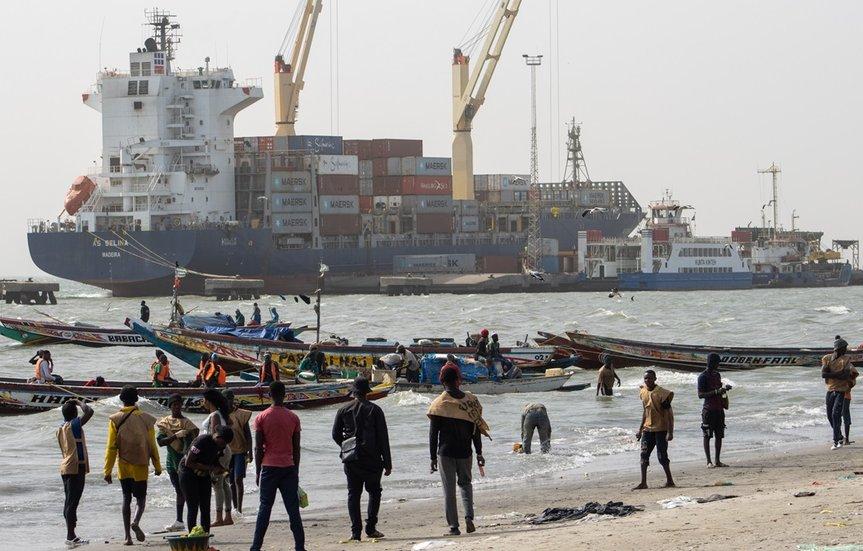
Labour and taxation
The Gambian workforce is youthful and primarily employed in informal sectors such as petty trade, agriculture, fishing, and transportation. Formal jobs are limited, with government and service industries absorbing a small portion of the labor force. Youth unemployment is high, fueling migration and reliance on diaspora remittances. The tax system includes VAT, income tax, corporate tax, and customs duties. Tax collection remains a challenge due to informality and weak enforcement, but reforms are underway to improve compliance and expand the domestic revenue base.
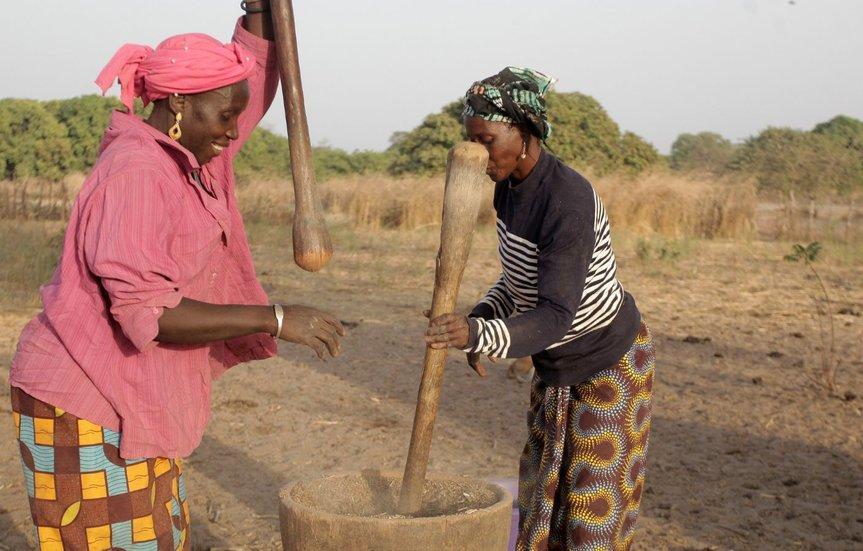
Transportation and telecommunications
The Gambia has a relatively basic but functional transport network, with a main highway stretching the length of the country. Roads connect major towns, but rural access is often hampered during rainy seasons due to poor maintenance. River transport is common in the interior, and small ferries operate between the two riverbanks. Banjul International Airport is the main gateway for international flights, especially from Europe. Mobile penetration is high, with several providers offering mobile money and internet services, though rural connectivity remains lower, and data costs are relatively high.
Latest News in Gambia
Politics
The first president of independent Namibia, Sam Nujoma, has died at the age of 95 in the capital Windhoek, the country's current leader has announced.
Politics
Ugandan President Yoweri Museveni has officially announced his intention to seek re-election in the 2026 presidential race, extending his nearly four-decade rule. Museveni, who has been in power since 1986, is once again positioning himself as the steady hand guiding Uganda through challenges. His decision has sparked mixed reactions, with supporters praising his leadership and longevity, while critics call for fresh leadership and political reform. As the nation looks ahead to the 2026 elections, Uganda braces for a heated political contest.
Politics
Peace Agreement with DRC Rwanda and the Democratic Republic of Congo (DRC) signed a U.S.-brokered peace deal aimed at ending conflict and promoting regional trade. Rwanda agreed to stop supporting armed groups like M23 rebels, though it denies involvement. Tensions remain, and President Kagame is cautious about whether the peace will last.
Wildlife
Tanzania has announced that all foreign tourists visiting Mainland Tanzania will be required to purchase a mandatory travel insurance policy upon arrival, beginning January 2026. The new regulation, issued by the Ministry of Finance on July 4, 2025, is part of the government reforms in the country’s 2025/26 financial year agenda. According to the notice, the measure will apply to all non-citizens, with the exception of visitors from countries that are part of the East African Community (EAC) and the Southern African Development Community (SADC). Citizens from these regions will continue to be exempt from the requirement.
Environment
In light of the growing food insecurity crisis across many African nations, heads of state and agriculture experts gathered in Nairobi, Kenya, this week to discuss solutions to address food shortages, especially in regions severely affected by climate change, political instability, and economic challenges. The two-day summit, titled “Agriculture and Climate Resilience: A Pan-African Strategy”, brought together government officials, NGOs, scientists, and international organizations to create a comprehensive strategy to improve agriculture, nutrition, and sustainable food systems across the continent.
Tech & Science
In 2025, Artificial Intelligence (AI) isn’t just a futuristic buzzword - it’s the secret weapon behind some of the world’s most successful content creators. From bloggers and YouTubers to podcasters and marketers, AI-powered tools are changing the way we brainstorm, write, design, and edit. If you've ever struggled with writer’s block, lacked design skills, or wished for faster content creation - AI might be your best assistant yet. Here’s how AI is revolutionizing the creative industry and how you can use it to boost your projects.
